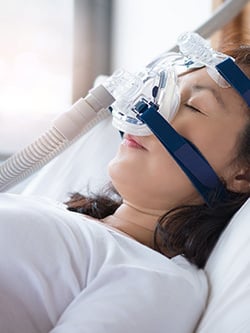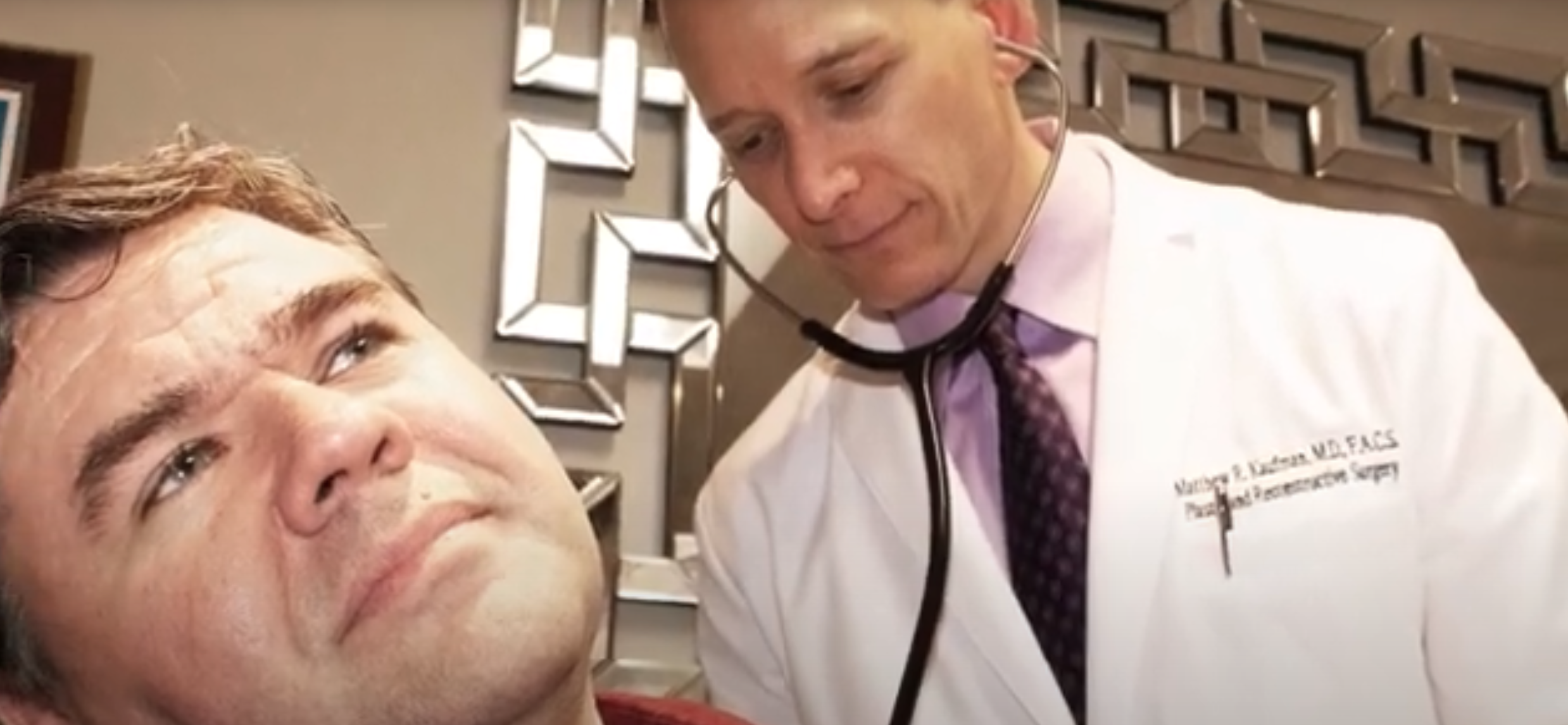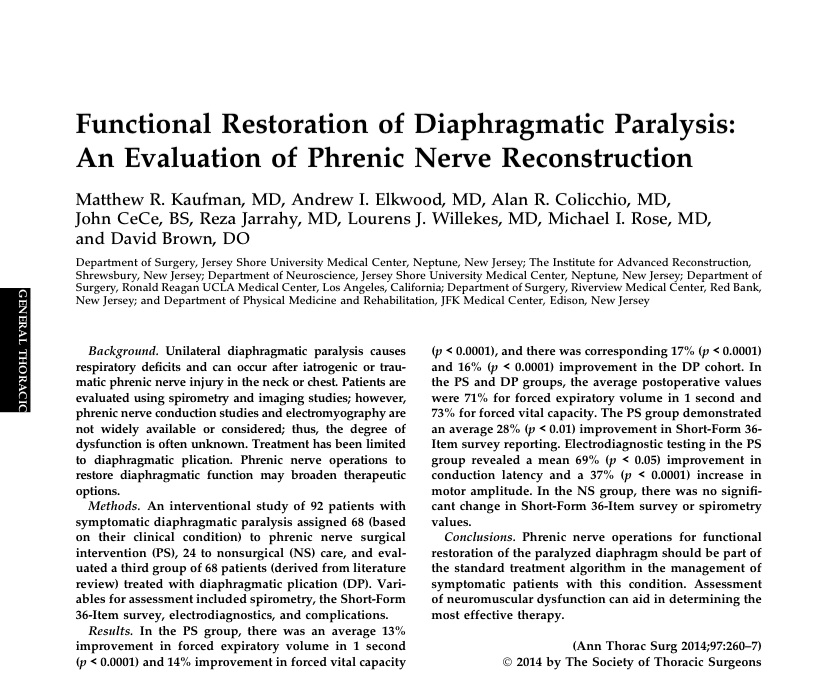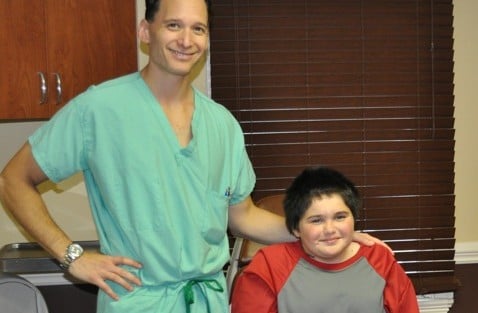Summarize This Article:
Summarize This Article:
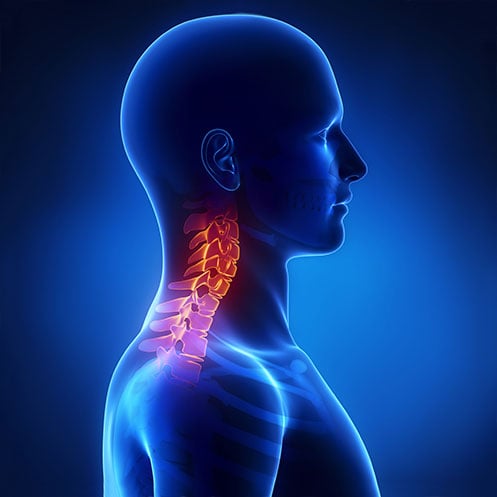
The diaphragm is a crucial muscle that plays a key role in breathing. It functions as the primary muscle responsible for drawing air into the lungs. When this muscle loses its ability to contract properly, it can become paralyzed, resulting in a paralyzed diaphragm.
“Various factors can cause the diaphragm muscle to become paralyzed,” explains Dr. Matthew Kaufman, a physician with The Institute for Advanced Reconstruction. “Phrenic nerve damage is the cause of diaphragm paralysis which is due to trauma, certain neurological disorders, or complications.”
What makes a paralyzed diaphragm problematic is that when it is paralyzed, its reduced or absent movement can impair lung function, leading to difficulty breathing, especially during physical activity or while lying down. This may manifest as chronic shortness of breath, fatigue, or even recurrent respiratory infections.
Diaphragmatic dysfunction can cover everything from snoring and frequent hiccups to difficulty breathing and respiratory distress. According to the National Institutes of Health, it can be problematic for clinicians to identify and, as such, is oftentimes underdiagnosed.
“As one of our Distinguished Centers at The Institute for Advanced Reconstruction, we are on a mission to change that,” shares Dr. Kaufman. “By using advanced diagnostic tools and pioneering techniques, we are finding life-changing solutions for this condition that is so often misdiagnosed.”
Like any condition, recognizing symptoms early is paramount for getting the proper treatment and an ideal outcome. A paralyzed diaphragm can produce a range of symptoms, often depending on whether one or both sides of the diaphragm are affected. The most common symptoms include:
Initially, symptoms may be mild and noticeable only during strenuous activity. However, as the condition progresses or if both sides of the diaphragm are affected, even basic activities like walking or speaking for extended periods may cause shortness of breath.
Essentially, diaphragm paralysis occurs when the muscle becomes unable to function properly due to issues with the phrenic nerve, which controls the diaphragm. A comprehensive evaluation is necessary to determine the best treatment for diaphragm paralysis.
These are the most common underlying causes of diaphragm paralysis:
Surgery is the most common treatment for correcting a paralyzed diaphragm. These treatment approaches aim to improve respiratory function, alleviate symptoms, and enhance quality of life.
For less severe cases of diaphragm paralysis or as a complement to surgical interventions, non-surgical methods can help alleviate symptoms, improve breathing function, and enhance quality of life. These approaches commonly include:
Few things are as disruptive to daily life as constantly feeling shortness of breath. Addressing any symptoms of a paralyzed diaphragm is essential, not only for improving breathing but also for preventing complications and enhancing overall quality of life.
“I’ve had many patients come in that are utterly dispirited by their inability to breathe properly,” shares Dr. Kaufman, “but with the proper treatment from the right experts, they’ve been able to get their lives back.”
If you often feel short of breath, request an appointment with our experts at The Institute today. Whether through advanced surgical procedures or non-surgical interventions, The Institute is dedicated to helping patients breathe easier and live fuller lives.
.jpg)
.jpg)
